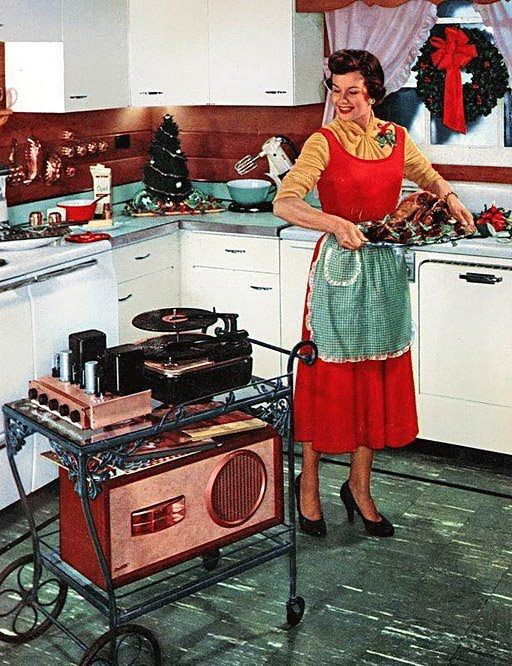Music
systems, which those of us of a certain age just call “stereos,”
started out filled with vacuum tubes, then went to transistors, and
finally computer chips. What’s the difference, and which is best? There
are a lot of factors involved. The leap from tubes to transistors meant
smaller, safer, longer-lasting, and less power-hungry components.
In
the late 1960s and early 1970s, electronics manufacturers started
bailing on tubes because solid-state components were all the rage. In
part, it was because the electronics industry wanted something new to
sell (sound familiar?), but transistors represented a major improvement
over tubes, even if it was a hassle to replicate their linearity, for
the simple reason that unlike tubes, solid-state components did not wear
out.
“Tubes are it, tubes are the ultimate, but tubes are
completely messed up,” Hansen says. “They wear out the minute you turn
on a piece of equipment.”
But did those stereos,
speakers, and amplifiers lose something in the process? Many audiophiles
say that the quality of sound was much better with vacuum tubes.
An article at Collectors Weekly
runs down the history of sound amplification, the difference between
tubes and transistors, and whether it ultimately matters in the
experience of fine music.


No comments:
Post a Comment